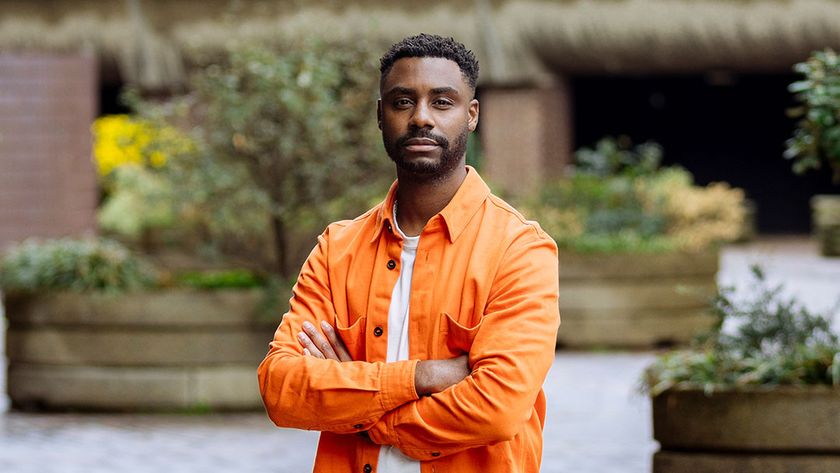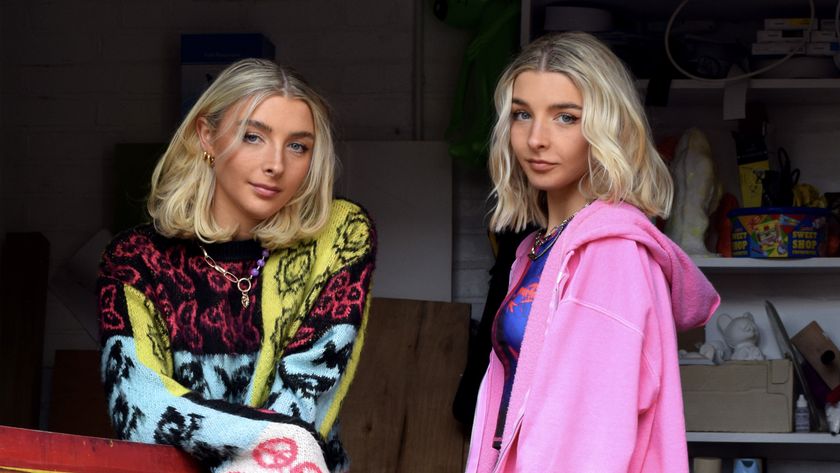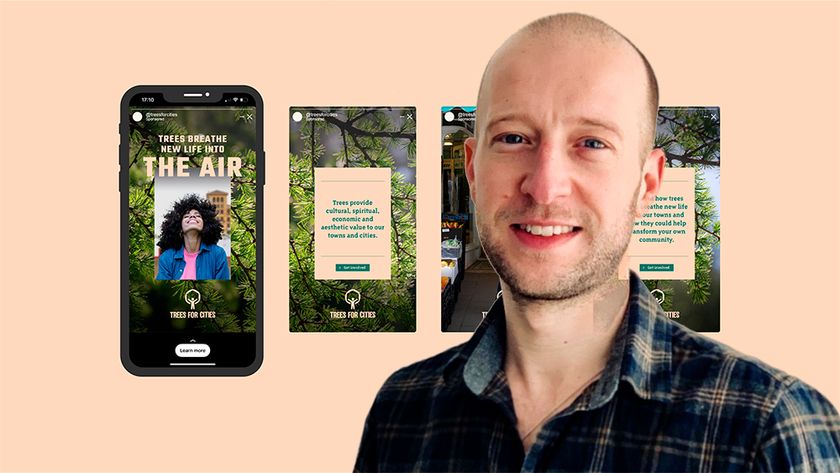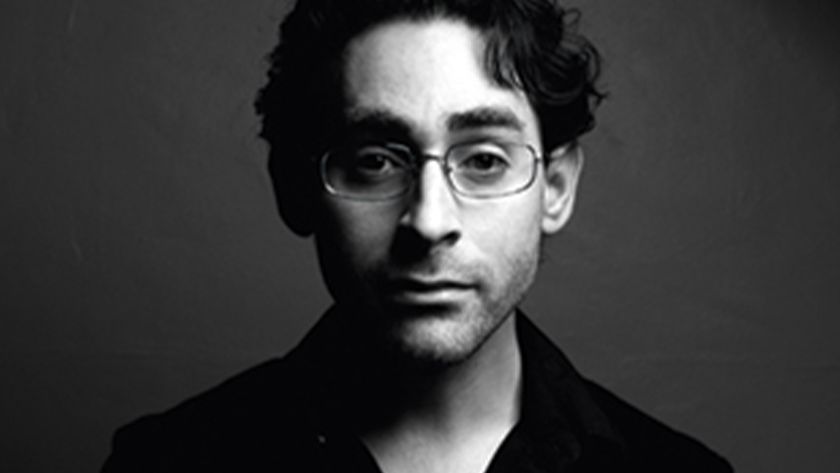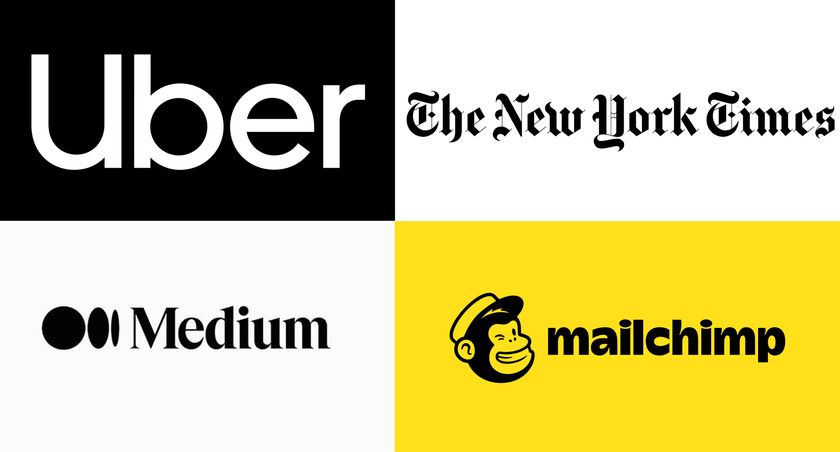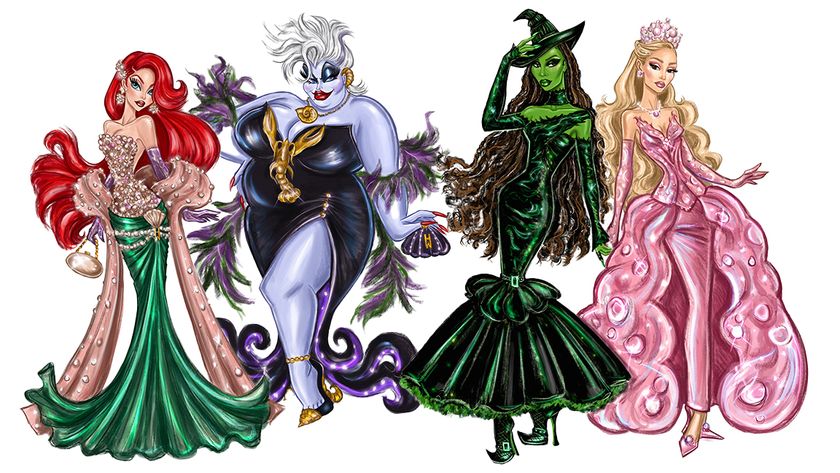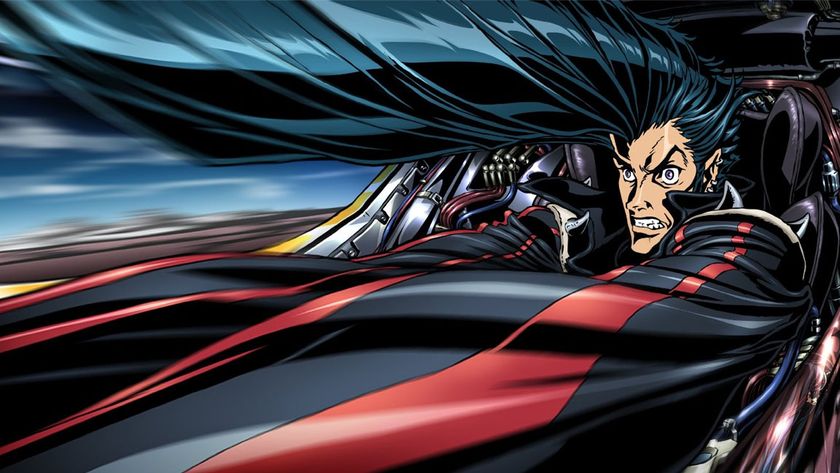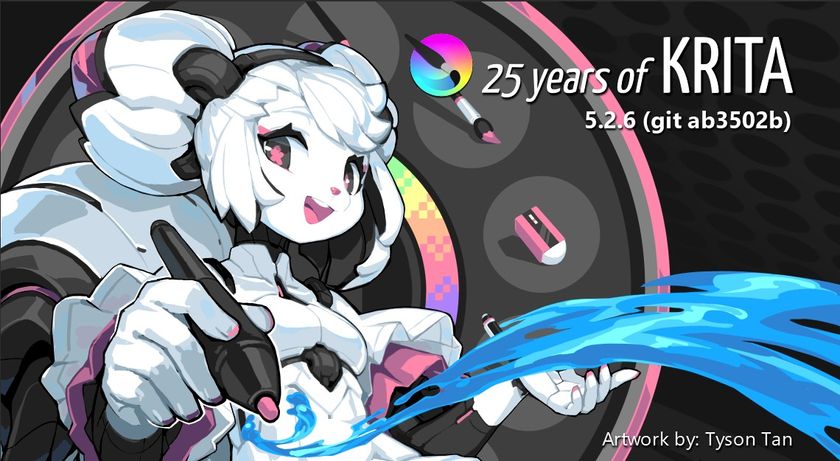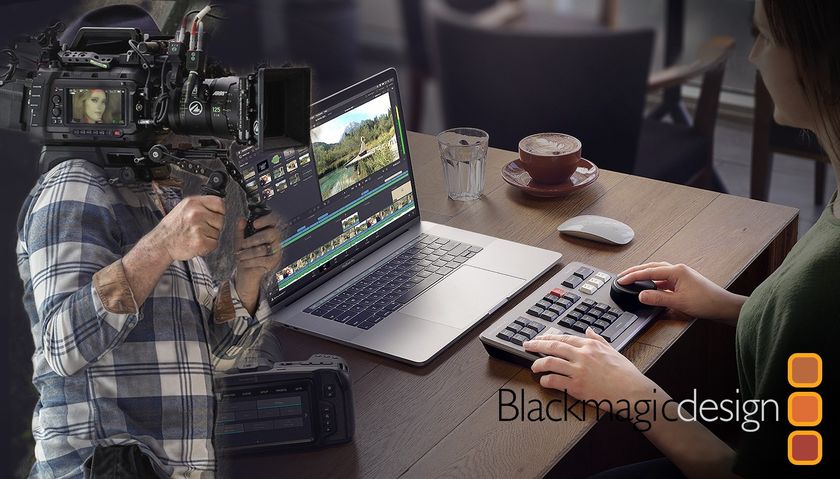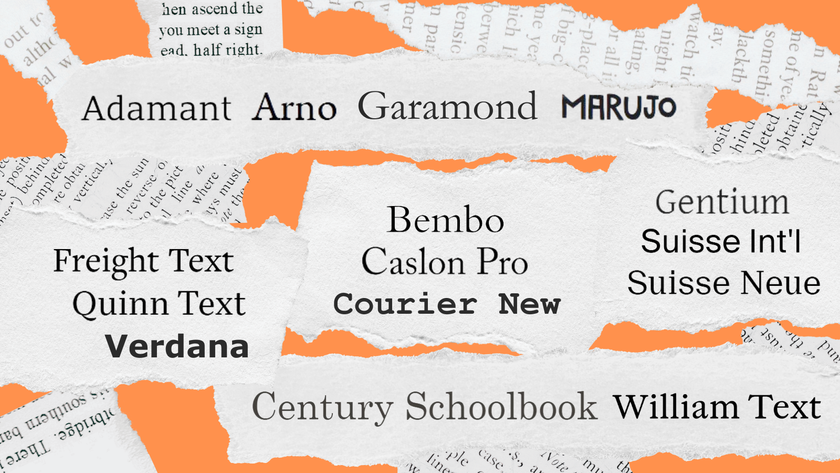How to design teamwork
Teams that actively challenge and support each other get the best results – here's how to plan for better collaboration.
Great collaboration means pulling together everybody's different areas of expertise to develop great ideas, and sharing workloads to get much more done in less time. Here we talk to Alison Coward – founder of creative teamwork facilitator Bracket and author of Effective Workshops – about how to improve teamwork.
What can people do to improve communication and teamwork?
AC: Firstly, you can make a big impact by having better meetings. All teams have to meet, but often there are too many meetings, and most of them are unproductive. Each time you call a meeting, ask the question: what is the purpose? Then choose the most appropriate format for it – a quick check-in, feedback meeting, ideation session or something else – so that you can make the best use of everyone’s time.
Secondly, make time to have conversations about how your team works together. This includes the types of meetings you have, but also how people will stay up-to-date throughout a project. What tools will you use? How will you share new ideas? What do you expect from each other? Understand how and when everyone does their best work, then use this to design processes that will make for productive working.
Finally, encourage everyone to be as transparent as possible in their work so that, at any one time, everyone can see tasks and timelines and what the project status is. That way the team can identify bottlenecks and feel a shared sense of responsibility.
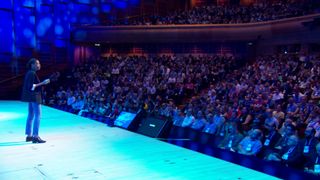
And what are the biggest obstacles to better teamwork?
AC: Avoiding conflict is a big one. When teams feel that they have to agree on everything to keep the peace, it leads to groupthink, which then leads to mediocre ideas. The fact is, the best teams are diverse in their ways of thinking, skills and expertise. This will naturally lead to tension, but this conflict is necessary to challenge and improve ideas. It can be uncomfortable, but if managed in the right way (like Pixar’s Braintrust), it can create a great environment for outstanding work.
I also see teams struggle to make the switch between ideation (divergent thinking) and decision-making (convergent thinking). Ideas need enough space to breathe, incubate and develop. But then to make progress you need to select ideas and critically evaluate them. Teams get stuck when there isn’t clarity between the two. My tip is to clearly separate divergent and convergent thinking, especially in workshops.
How can workshops (rather than meetings) transform projects?
AC: People love the energy of a great workshop, and providing there is good follow-up, it creates momentum that continues after the event itself. It can give people the confidence in their creativity, and show the benefits of effective collaboration.
Workshops are dynamic, with people standing up, moving around, using the walls to display and work through ideas. A typical meeting format is more static and, without facilitation, a few voices will dominate. Workshops are better for problem solving because more than one person can get involved at the same time.
How do you help creative teams work better and more effectively?
AC: The majority, although not all, of my work takes place through workshops – either facilitated, training or a combination of both.
Sometimes I’ll work with a team on something specific – to kick off a project, brainstorm ideas or develop a strategy. This involves figuring out what they need to achieve, designing and running a workshop that achieves that, and then doing what I can to help them put it into practice. It could even be as specific as helping a client to design a workshop for a session they want to run themselves. But essentially I’m designing a process for a productive discussion, and to be an objective outsider.
Or it may be that I’ll work with a team to help them improve the way that they work. This involves a bit of training on the principles of great teams, bringing in examples and research. Then I’ll work with them to identify an aspect of their work that they’d like to improve and design a new method or habit that they can try. I love these sessions because it’s a great opportunity for a team to turn their creativity and design skills on themselves.

Looking at companies that get teamwork right, what do they do well?
AC: I really love finding innovative examples of teamwork, and it’s great because more teams are sharing aspects of how they are trying to work better together. I like to call these 'team habits'.
For example, Asana set up No Meeting Wednesdays across the whole company, so that everyone has a day where they can get their heads down and focus. It’s not mandatory, but workers are encouraged not to have any internal meetings on that day.
I liked the way that the Nordnet Design Studio decided the best format for each of their meetings, and then set up a weekly, monthly and quarterly rhythm for when each meeting would run.
Buffer recently shared the ten agreements they’ve created for using Slack, which can easily become overwhelming. By creating these simple rules, they’ve helped their colleagues to be as productive as possible.
The thing about all these examples is that they’re ever-evolving. These teams will keep experimenting, reviewing and updating processes as they need to. It’s like they’ve developed a skill for it, and see it as a problem-solving and creative exercise.
Can you talk us through a recent project you worked on and how you’ve helped the client?
AC: I ran a series of workshops with the senior management team at a fast-growing creative company. They were starting a big recruitment drive and wanted to package up their values and systems so that they could create a good onboarding experience. When we ran the first workshop, the first thing we realised was that they were all so busy they hadn’t had the time to properly explore their strategy. They all had different ideas of the company’s potential!
So we looked at aspects of branding, culture, competitive advantage and their business model. They told me that the workshops were a pivotal moment for them, as they led to a series of breakthroughs that really helped them to boost their growth.
Related articles:

Thank you for reading 5 articles this month* Join now for unlimited access
Enjoy your first month for just £1 / $1 / €1
*Read 5 free articles per month without a subscription

Join now for unlimited access
Try first month for just £1 / $1 / €1
Get the Creative Bloq Newsletter
Daily design news, reviews, how-tos and more, as picked by the editors.
Oliver is an independent editor, content consultant and founder of Pixel Pioneers. Formerly the editor of net magazine, he has been involved with the web design and development industry for more than a decade and helps businesses across the world create content that connects with their customers. He is passionate about content, user experience, accessibility and designing for social good.


